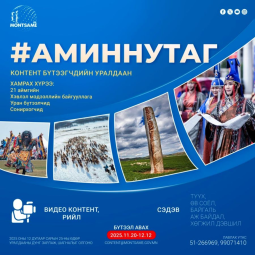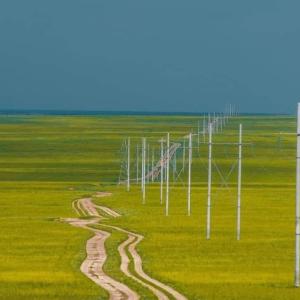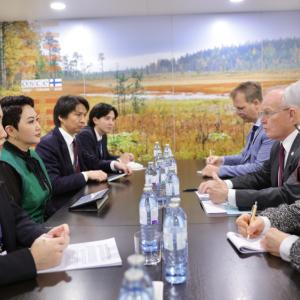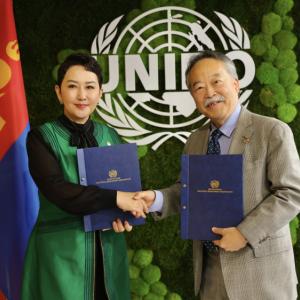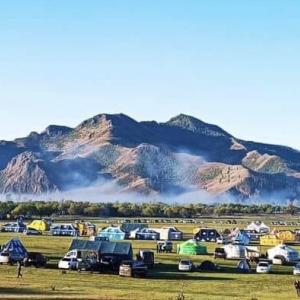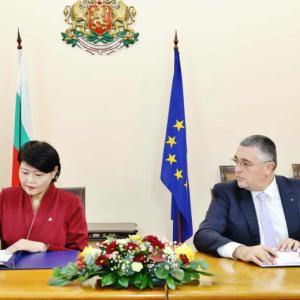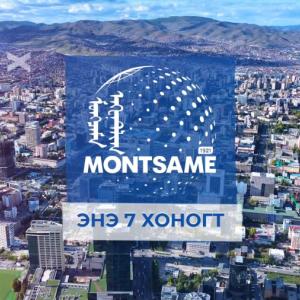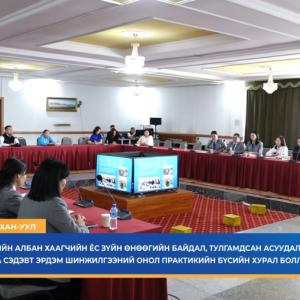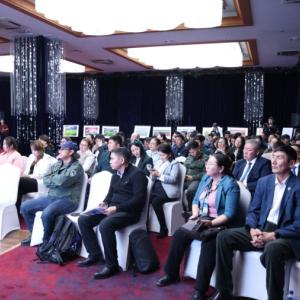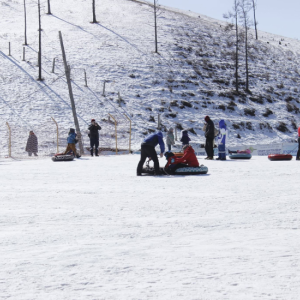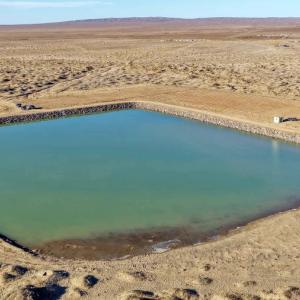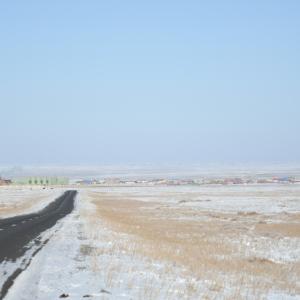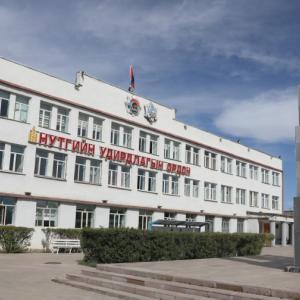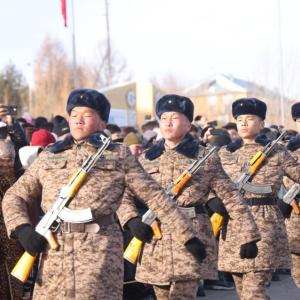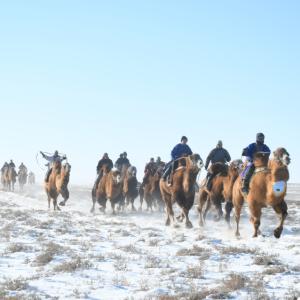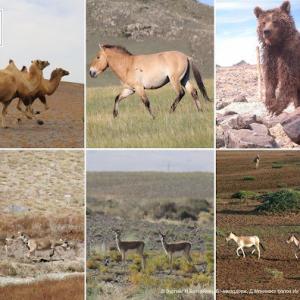Mongolia is Home to the Second-Largest Snow Leopard Population in the World
Environment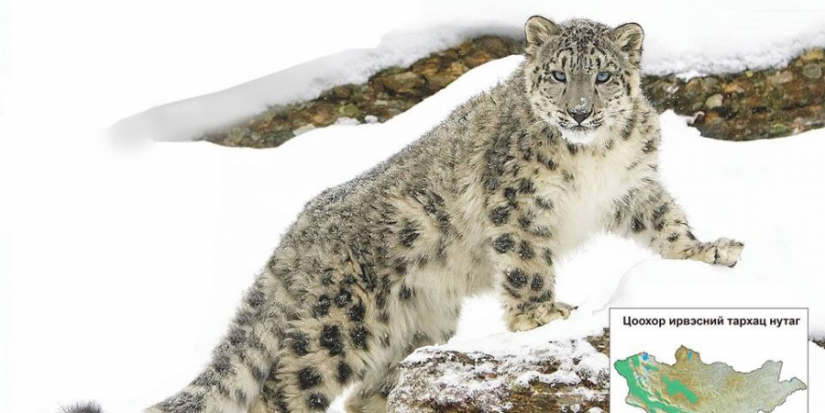
Ulaanbaatar, March 24, 2024 /MONTSAME/. Mongolia now has the second-largest population of snow leopards, estimated at around one thousand.
Snow leopards (Panthera uncia) in Mongolia inhabit a vast territory of approximately 328,000 square kilometers across the Mongol Altai Mountains, Gobi-Altai, Khangai, and Sayan Mountain Ranges. More than 20 percent of the world's snow leopard population inhabits Mongolia. Locals refer to the snow leopard as the "Undur Uuliin Ezen" [Ruler of the High Mountains.] These elusive big cats thrive in rugged, rocky mountain habitats. They measure between 103-130 cm in body length, weigh between 23-41 kg, and can leap up to 14 meters. Snow leopard's lifespan ranges from 10 to 13 years. Males are called "gend," females are called "gins," and cubs are called "guyem." Their diet consists of argali sheep, ibex, marmots, hares, and rodents. Notably, each snow leopard's unique rosette pattern is as distinct as a human fingerprint.
The snow leopard remains one of the least studied felines and endures harsh environmental conditions. The International Union for Conservation of Nature (IUCN) Red List of Threatened Species has categorized snow leopards as Vulnerable (VU).
Currently, there are approximately 4,000 snow leopards worldwide, found in China, Afghanistan, Bhutan, India, Kazakhstan, Kyrgyzstan, Mongolia, Nepal, Russia, Pakistan, Tajikistan, and Uzbekistan. China hosts the largest population, with over 2,500 snow leopards, while Russia, particularly in the Altai, Tuva, Buryatia, and Krasnoyarsk regions, is home to around 90 snow leopards, according to research.
Given these numbers, Russia has been actively enhancing International Cooperation aimed at protecting and increasing the snow leopard population in recent years. It was highlighted during the “Study and Conservation of Snow Leopard in the World. Joining Efforts” International Conference. Representatives from 12 government agencies participated in discussions about the current state of conservation efforts and results. Scientists and researchers from NGOs and academic institutions presented their latest research findings and technological advancements in conservation, exchanged expertise, and set future cooperation goals, according to the Ministry of Environment and Climate Change of Mongolia.
leopard population in recent years. It was highlighted during the “Study and Conservation of Snow Leopard in the World. Joining Efforts” International Conference. Representatives from 12 government agencies participated in discussions about the current state of conservation efforts and results. Scientists and researchers from NGOs and academic institutions presented their latest research findings and technological advancements in conservation, exchanged expertise, and set future cooperation goals, according to the Ministry of Environment and Climate Change of Mongolia.
The Conference, co-organized by the Ministry of Natural Resources and Environment of the Russian Federation and the Ministry of Forestry of the Republic of Tatarstan, took place in Kazan, Tatarstan, on March 12-15, 2025. Officials from the Ministry of Environment and Climate Change of Mongolia, the Scientific Council of the Convention on International Trade in Endangered Species of Wild Fauna and Flora (CITES), the Institute of Biology of the Mongolian Academy of Sciences, the Administration of the Uvs Lake Basin Special Protected Area, and various other NGOs participated in the "Study and Conservation of Snow Leopard in the World. Joining Efforts” International Conference.
 Улаанбаатар
Улаанбаатар






